Headland is an isometric action adventure game by Denmark studio Northplay Games. It’s also another of the many mobile games that have been ported to the Nintendo Switch. This is a pretty broad category when it comes to quality. For every great mobile port something less reputable releases on the eShop as well.
That fact makes it pretty hard to get a read on what Headland could be. Fortunately, the developers have made a serviceable game.
Headland Review — A Pleasant Yet Fleeting Adventure
The story opens up on the hero, Nor, waking up in the middle of the night. As he’s getting out of bed, his toy robot talks to him and opens a portal to The Headland. After going through the portal, Nor meets up with a personified version of his toy robot who now has fantastical powers. These powers are given to him by The Imagination Core, a sphere in the robot’s chest.
At the end of the introductory level a terrifying nightmare worm takes The Imagination Core and shatters it. Nor’s quest is to find all the pieces of The Imagination Core and return the sphere to his robot.
The Headland is a thinly-veiled metaphor for Nor’s imagination. The metaphor is fully explained later when Nor is brought out of The Headland by being scolded for day-dreaming in school. The entire narrative revolves around the concept that nurturing your imagination is good, which is true, though Headland doesn’t spend any time considering the idea beyond that simple premise.
The pieces of The Imagination Core are hidden in certain levels in Headland. To the game’s credit, the level design is wonderful. Each area isn’t too large to be daunting, but they’re also so densely packed with collectibles, battles, and secrets I was never bored with any of them. I always knew what my goal was and could see the next thing to interact with.
That doesn’t mean they’re straightforward. To clear a level there is puzzling to be done. Some doors are locked behind color-coded keys, traversal methods have to be purchased with in-level collectibles, and the main goal of each stage is unique. One of them requires you to build a town while another has you compete in a weird type of game show. This prevents each level from feeling monotonous.
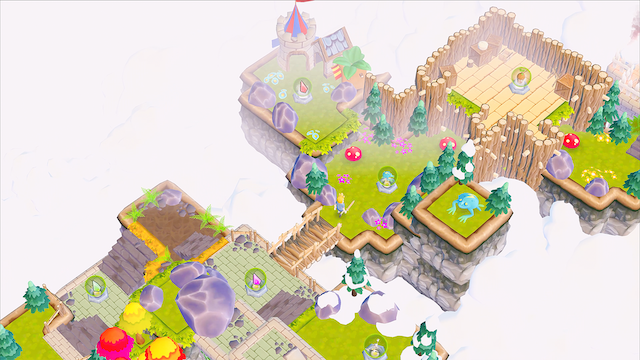
In contrast to stage layouts and goals, the visual design is a letdown; they all look exactly the same. There are three area blueprints at most: a forest, a mine, or a palace. It would have been nice for the visuals to match the variety of the activities in them.
It’s worth mentioning the character designs here, as well. They’re all dreadful except for the final boss. Nor is supposed to be a child but looks like a middle-aged office worker who still talks like it’s a temporary gig. The main robot is a legally distinct version of Clank from the Ratchet & Clank series, and the other robot is the generic toy robot from any other form of media. The NPCs are these weird head gnome things that creep me out, but at least they are interesting.
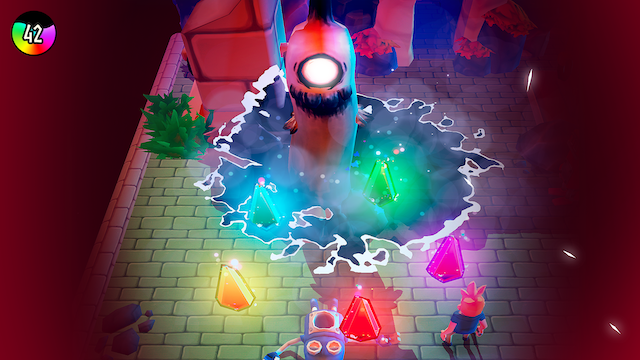
To safely adventure across The Headland, Nor is armed with a sword, a dash, and a magical force field, and it’s here that Headland feels hamstrung as a mobile port. The phone inputs are limited which, in turn, limits the controls on Switch. The only ways Nor can interact with enemies are through those three actions. The force field isn’t even an option all of the time because it has to be charged. Once it’s charged, it just circles Nor while you run him into enemies. All Nor can do with the sword is swing it and perform a three-hit combo, but that’s not particularly deep combat.
Some depth is added by the enemy mechanics. Each one attacks in a different way that requires you approach them uniquely. However, Nor still fights them by swinging his sword in the same way.
To add to the combat woes, using the moves doesn’t feel as good as it could. The cadence of button presses to trigger the three-hit combo is faster than what feels natural. The dash is slower and clunkier than it should be. The force field will time out if you don’t use it, and if you have a force field charged up but aren’t close enough to something to use it, then it’s wasted. These issues don’t kill the combat completely, but engaging enemies in Headland could be a lot more satisfying.
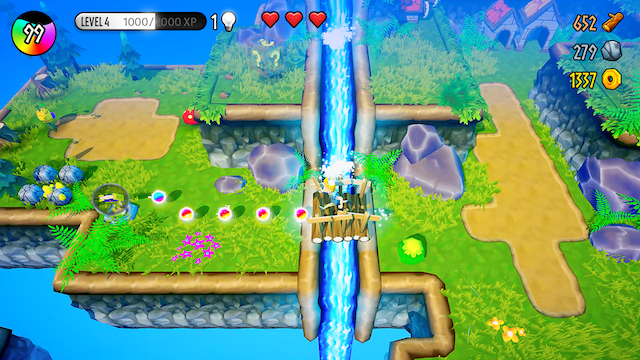
While you can’t make the combat deeper, you can make Nor more capable. Health, damage, and weapon perks can all be upgraded on The Robot Raft, Headland’s hub world. When you level up, you gain an inspiration point. This point can be spent in either a health tree or a damage tree.
The more interesting upgrades are the weapon perks. There are a variety of sword types to bring on Nor’s adventure. The starting sword’s perk is higher knockback, but other swords do different things, such as increasing your movement speed or the speed of your sword swings. Upgrading perks can be done by spending wood, stone, or gold harvested from stages.
New swords are unlocked in battle arenas. Entering a battle arena requires spending a specific key. Once inside, you must clear a wave-based enemy challenge to earn the new weapon. This is the only place I encountered a bug. The lowest level arena doesn’t spawn enemies, which makes completing it in its current build impossible.
Headland Review — The Bottom Line
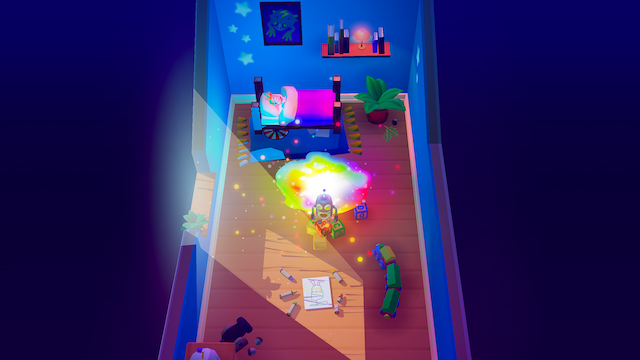
Pros
- Wonderful level design
- Many ways to upgrade the player character
- Variety in enemy design
Cons
- Combat could feel better and be deeper
- Multiple areas are visually lacking
- Inconsequential narrative
- Not memorable overall
Headland is a fine action-adventure game. That would have been pretty good if it was only on mobile. However, for an action-adventure game on the Nintendo Switch, it needs to be more.
It’s hard to recommend Headland over any of the wildly more ambitious offerings on the eShop. If you do buy Headland for the Nintendo Switch, you won’t have a bad time, but you will be on to the next offering quickly.
[Note: Northplay Games provided the copy of Headland used for this review.]

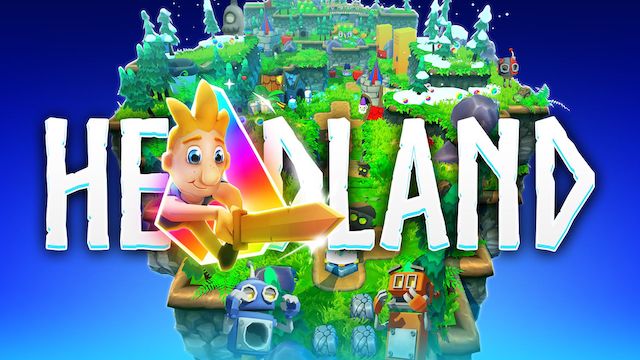








Published: Jan 10, 2022 5:56 PM UTC